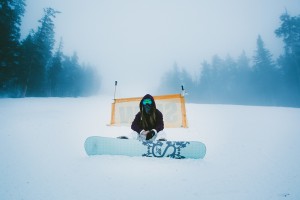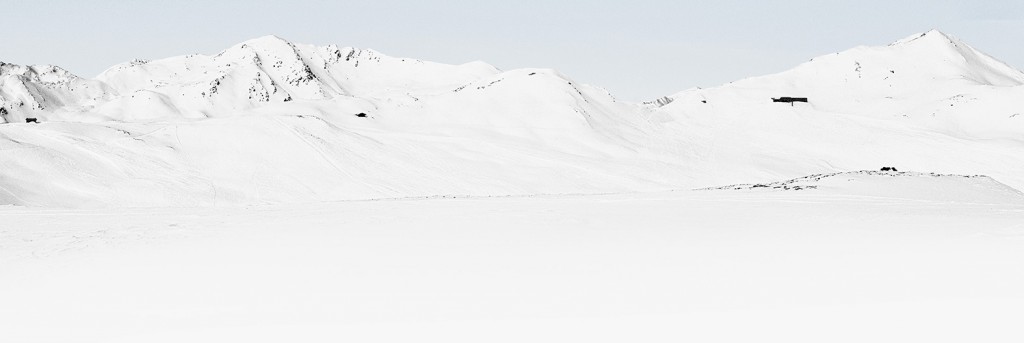 Here in the Great White North, snow is a part of daily life for a big chunk of the year. With snow can come snow blindness.
Here in the Great White North, snow is a part of daily life for a big chunk of the year. With snow can come snow blindness.
Have you ever noticed when you walk outside on a sunny day and you look directly at the bright white snow, you end up squinting, as if you were staring at the sun? That’s because snow is incredibly reflective and 80% of UV rays from the sun can bounce off that snow and hurt your eyes. It’s comparable to a sunburn during the summer, except it’s your eyes.
For people who enjoy winter activities like snowboarding or skiing, UV rays become more intense as your altitude becomes higher, so your chances of snow blindness on a mountain top increase.
Just like a sunburn, symptoms of snow blindness don’t usually hit right away, but usually a few hours later. Burning, watery, red or painful eyes in addition to light sensitivity, blurry vision and/or headaches are traditional symptoms of snow blindness.
We usually think of sunglasses as a summertime accessory. However, preventing snow blindness is as easy as putting on a pair of sunglasses, particularly sunglasses that block UV rays at 100%. Even on overcast days, UV rays can penetrate clouds. Athletic goggles with side protection are recommended for those enjoying winter activities at higher altitudes.
Ask your Vogue Optical optician about wintertime eye protection today!


